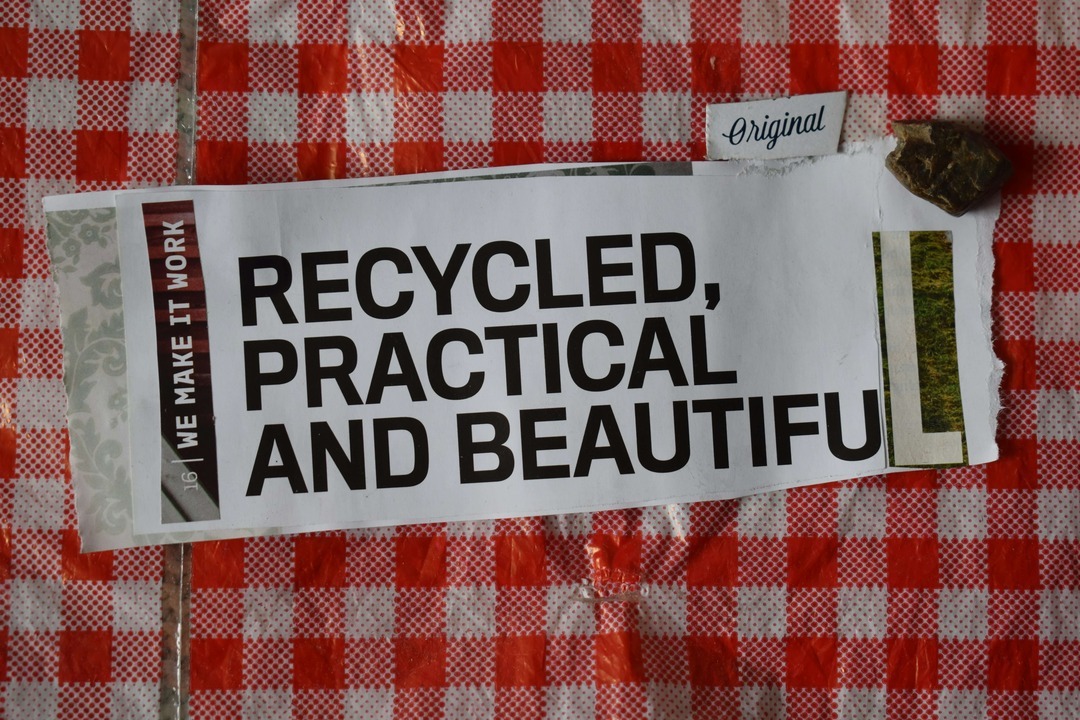
What can we do to save our streets? Decentralize everything.
Our Main Streets and High Streets have been in trouble for decades, thanks to the onslaught of malls, then Walmart and the big box stores, then Amazon and online shopping. It wasn’t just the competition, either; in many cities, rising real estate values led to massive rent increases. There is also the property tax burden, often dumped on to commercial properties because politicians hate raising taxes on homeowners. So many worries and challenges for small businesses, and now this. Richard Florida writes in Brookings:
The restaurants, bars, specialty shops, hardware stores, and other mom and pop shops that create jobs and lend unique character to our cities are at severe economic risk right now. Some projections suggest that as many as 75% of them may not survive the current crisis. The loss of our Main Street businesses would be irreparable, and not just for the people whose livelihoods depend on them, but for cities and communities as a whole.

This is all very personal for me. One daughter used to manage a coffee shop; her spouse worked in a restaurant. My other daughter was a cheesemonger; her spouse worked in local theatre. None of them have any idea whether they will have jobs to come back to. These were not big operations; it’s not like the signs say Walmart is closed. Nancy’s is closed. Dave’s. Emma’s. Leah’s. Names and faces that we know.
Richard Florida suggests that all these small businesses will need loans from governments, foundations and private industry, but it will take a lot more than that. In fact, we have to rethink and rebuild our main streets on the basis of their strengths in the face of the virus and of climate change. And those strengths and advantages are significant.
Here comes the neighborhood

Almost everyone who worked in an office is now working from home, and when this is over, a lot of them are not going back. Managers are not going to want to put all their employee eggs in one basket, and they are not going to want to rent a lot more space to accommodate them all at lower densities. They have also learned that they can supervise and manage even when the employees are not in their face. So it is likely that a significant proportion of the workforce is going to keep working from home.
But office workers often go shopping at lunch, go to the gym before work, hit the cleaners or go out with a co-worker for lunch. People have to get out of the office just to get out of the office, and will likely feel the same about their home office. This could lead to a dramatic increase in customers for local businesses and services in the local neighborhoods. As Eric Reguly noted in The Globe and Mail:
If more people were to work from home, neighborhoods might spring back to life. Imagine a relaunch of Jane Jacobs’s urban ideal, where neighborhoods have a diverse range of work and family functions, where municipal spending goes into parks, not urban expressways, and where single-use areas, like clusters of downtown office towers, dead at night, become archaic.
Sharon Woods wrote in Public Square about how Main Streets might evolve to service this new working environment.
When we resurface, there should also be a notable increase in demand for flexible work environments in our urban places. Urban proprietors will be seeking flexible places and spaces to hold team and client meetings, break away from the home office, and collaborate on creative problem-solving. There will be a growing demand and need to integrate creative work spaces into the public realm. Imagine pop-up offices, meeting pods, and technology centers linked to town squares…. Complementary services will cluster nearby and within easy walking distance, including copying and printing centers, office supply stores, shipping services, attorney/title companies, banking centers, fitness centers, and plenty of restaurants, eateries, and cafes.
Co-working is not dead yet

WeWork will probably not survive the pandemic, but there are a lot of people working from home who probably really prefer to get out of the house or apartment. However, smaller neighborhood coworking spaces might just fill the bill for people who need a place to go to. They will be less like WeWork and more like what Kim Mok described as “intentional communities”:
To make a coworking space actually work, there has to be a common vision, a shared identity of sorts, allowing for deeper connections between its members to happen, and a desire to develop an underlying support system that keeps people engaged and makes them feel like they belong.
A giant WeWork might be scary after the Coronavirus, but a local coworking space might be more like that famous TV bar where everyone knows your name. And just like offices downtown, it will drive new traffic to the surrounding stores, services, and restaurants.
How to fight back against Amazon

Sharon Woods describes how small businesses can connect to their customers better than the online suppliers.
Consumers are most loyal to stores with a physical location that also offer online and phone order delivery, promote through social media, and collect online sales. Businesses that offer online services today will stand a much better chance of attracting patrons back into their brick-and-mortar establishments in the future.
Decentralize everything and build a 15-minute city

After my doctor retired, I signed up with a new thing here in Ontario, Canada: a family health team, designed to “to give you the very best primary care, when you need it, as close to home as possible.” It is an extension of the hospital, but has everything I need in my neighborhood. I was very lucky to have it open so close to where I live, but it is a wonderful model for health care delivery. There’s no need for people to have to clog up hospital waiting rooms when you can decentralize so much of what they do.
It also may well have been a prescient move in the current crisis. After the coronavirus ravaged Northern Italy, a lot of doctors have suggested that their big modern centralized hospitals were a serious problem. Andrew Nikiforuk writes in the Tyee:
To avoid a collapse of hospital systems the doctors propose that Italy and other nations quickly develop facilities in the community such as home care and mobile clinics to treat less severe patients…The only way to prevent a similar disaster in other countries is to begin a massive deployment of outreach services that keeps as many patients as possible in their homes or other community-based settings. Treating milder cases in the community would allow hospital to focus on severe cases “thereby decreasing contagion, protecting patients and health care workers, and minimizing consumption of protective equipment.”

Mayor Anne Hidalgo of Paris wants to change the zoning of the city so that everyone can get all the services they need within a fifteen-minute walk. This turns planning as we knew it upside down; instead of separation of functions through zoning, it mixes everything up. Feargus O’Sullivan writes in Citylab about a “commitment to bringing all life’s essentials to each neighborhood means creating a more thoroughly integrated urban fabric, where stores mix with homes, bars mix with health centers, and schools with office buildings.”
More Paris road space would be given up to pedestrians and bikes, with car lanes further trimmed down or removed. Planning would try to give public and semi-public spaces multiple uses—so that, for example, daytime schoolyards could become nighttime sports facilities or simply places to cool off on hot summer nights. Smaller retail outlets would be encouraged—bookstores as well as grocery stores—as would workshops making wares using a “Made in Paris” tag as a marketing tool. Everyone would have access to a nearby doctor (and ideally a medical center), while sports therapy facilities would be available in each of the city’s 20 arrondissements.
Make it easy and safe to walk or bike

Timothy Aeppel of Reuters writes Wary of public transport, coronavirus-hit Americans turn to bikes and quotes a recent convert:
“I’m 51 and healthy, but I don’t want to get on the subway,” said John Donohue, a Brooklyn-based artist who bought a bike two weeks ago. Donohue, who doesn’t own a car, says he’s not sure when he’ll be comfortable on mass transit again.
He is part of a trend. Bicycle Shop Girl sees it too: “People are turning to biking in a big way during this as it is one of the few family activities that we can do together outside during social isolation. Streets are being shut down to give people more room to bike and walk. People that have NEVER thought about biking have reached out to me with questions, and my inbox is exploding with people wanting help.”
Bikes, and walking, are the perfect way to get around a neighborhood. My 15-minute city gets over twice the diameter if I go from walking to biking. Yet the sidewalks are not wide enough and the bike lanes are nonexistent. Something has to give. After noting on TreeHugger that I am actually running on the streetcar tracks, I was interviewed by Lori Ewing of the Canadian Press, complaining about the lack of space.
“This whole issue in Toronto where they won’t give any extra space for people who walk, run or bike is, I think, completely misguided,” Alter said. “You look at the streets and they’re completely empty and you look at the sidewalks and they’re completely crowded. Joggers have become sort of the new cyclists. It used to be ‘We hate the bicyclists, get them out of the way, they’re on the sidewalks,’ and now it’s ‘We hate the joggers.’ When in fact, we’re all just fighting over crumbs when the whole loaf goes to the drivers.”
It’s not just during this crisis, and not just for social distancing. We also have a climate crisis, and have to get people out of cars. The best way to do that is to give people an alternative that is healthy, that is fun, that is affordable and that is convenient. The fact that it is also more resilient and climate-friendly is a nice bonus.





